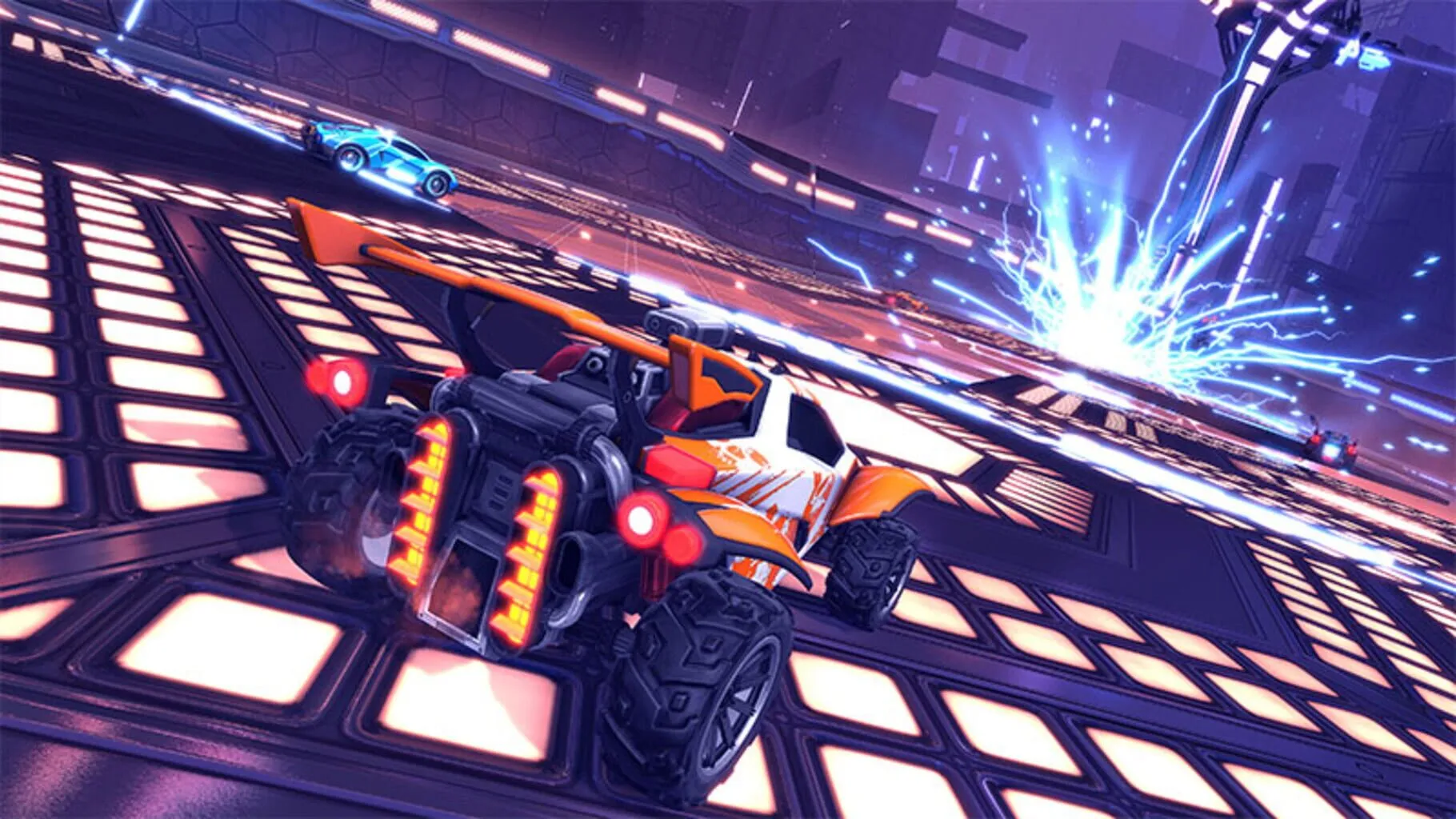Rocket League, the vehicular soccer game that has captured the hearts of millions, is more than just cars playing soccer. It’s a game of precision, strategy, and, most importantly, understanding the nuances that each vehicle brings to the field. In this comprehensive guide, we’ll embark on a deep dive into the world of Rocket League car stats. Understanding these stats and how they impact gameplay is paramount for anyone looking to climb the ranks and truly unleash the power of their chosen vehicle.
Deciphering Different Cars and Their Unique Stats
At first glance, Rocket League’s array of vehicles might seem purely cosmetic, but beneath the hood lies a complex world of stats that can significantly affect your play style. Each car in Rocket League is designed with unique characteristics that cater to different aspects of gameplay. While Psyonix, the game’s developer, has streamlined car stats over the years to bring a sense of balance, subtle differences between each model can influence ball control, aerial maneuvers, and much more.
Understanding these differences requires an exploration of the key stats that define each car:
- Speed: The maximum velocity a car can achieve.
- Acceleration: How quickly a car can reach its top speed.
- Hitbox: The invisible shapes that determine how the car interacts with the ball and environment.
- Handling: How the car responds to steering inputs.
- Drifting: The car’s performance during powerslides.
Cars are broadly categorized by their hitbox profiles—which include Octane, Dominus, Plank, Breakout, and Hybrid—each tailored to different play styles. For instance, the Octane hitbox, preferred by many for its balanced approach to aerial control and dribbling, contrasts with the Dominus hitbox, which is loved for its ground play and powerful strikes. These categorizations are crucial for players to understand, as they offer insight into the general handling and feel of vehicles within the same category.
The Crucial Role of Speed and Acceleration
In the high-octane arenas of Rocket League, speed and acceleration are the lifeblood of every play. They dictate how quickly a car can react to unfolding plays and how effectively it can maneuver around opponents or race back for a clutch save. While it’s a common misbelief that different cars have varying speeds, the truth is all cars have the same potential max speed. The difference lies in how they achieve it. Acceleration comes into play here, influenced by how a car is handled, boosted, and even how it interacts with the walls and ceiling. Mastering your vehicle’s acceleration patterns can mean the difference between beating an opponent to the ball or arriving just a second too late.
Understanding the Impact of Hitbox Types
Hitboxes are arguably the most critical factor in choosing a car. They determine your vehicle’s effective area for hitting the ball and how the car will connect during dribbles, aerials, and 50/50 challenges. The game currently offers several hitbox types, each with its unique dimensions:
- Octane: Known for its height, making it excellent for dribbling and ball control.
- Dominus: Longer and flatter, ideal for powerful shots and ground plays.
- Plank: Similar to Dominus but with a larger surface area, perfect for aerial control.
- Breakout: Even longer and flatter, designed for precision and flip resets.
- Hybrid: A mix of Octane and Dominus, offering balanced gameplay.
Selecting a hitbox that complements your play style is essential for excelling in Rocket League. For aerial enthusiasts, the Plank type might be more appealing, whereas ground play specialists may lean towards the Dominus hitbox. Experimentation with different types is key to finding what best suits your approach to the game.
The Dynamics of Handling and Drifting
Handling and drifting are what give Rocket League its fluid, dynamic feel. Superior handling allows for sharper turns and more precise maneuvering, which can be crucial during high-speed chases or in tight spaces. The handling characteristics of a car are subtly influenced by its hitbox, with some cars naturally feeling more responsive than others.
Drifting, on the other hand, significantly impacts how a car controls during a slide. Some cars can maintain higher speeds while drifting, making them ideal for quick direction changes or maintaining momentum through turns. Mastering your vehicle’s specific handling and drifting dynamics can provide a noticeable edge in matches, making tight maneuvers and rapid directional changes second nature.
The Science Behind Boost Mechanics
Boost management is a fundamental skill in Rocket League. It’s what propels cars to supersonic speeds, enables mind-bending aerial plays, and ensures you’re always in the action. Each car might handle boost slightly differently due to acceleration traits and how the boost is applied relative to the vehicle’s center of mass and hitbox orientation.
Understanding your car’s boost consumption rate and how it accelerates can help you make more informed decisions on the field. For example, cars with quicker acceleration might not need to use as much boost to reach supersonic speeds, allowing you to conserve boost for critical moments. Conversely, knowing how quickly your car uses boost can dictate how aggressively you collect boost pads during a match.

